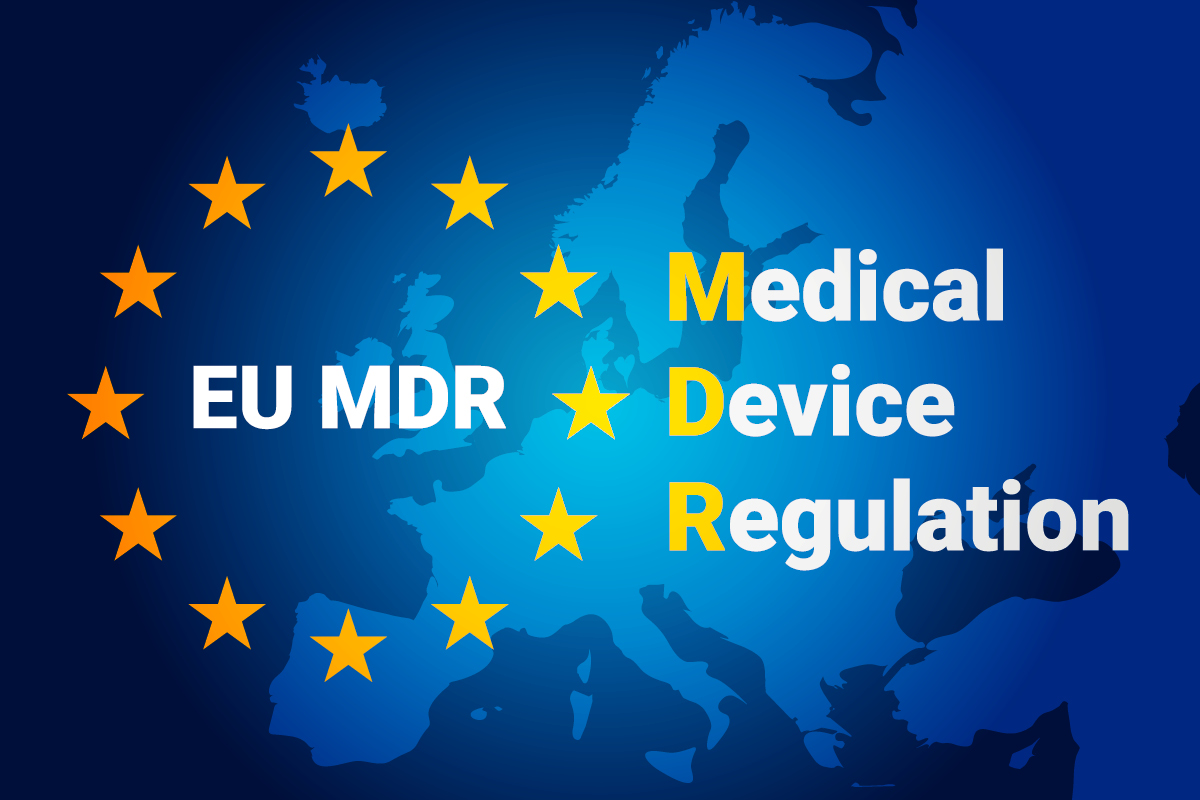
Since 2017, Europe has witnessed to a silent revolution in the medical field, that affects, first and foremost, manufacturers. As a matter of fact, in this year, the European Parliament and Council announced the need to adapt legislation on medical devices to meet future demands, in order to obtain an appropriate, robust, transparent and sustainable regulatory framework.
The main objectives of this plan to update European legislation are:
- to eliminate the differences in the regulatory systems of the various Member States;
- to increase the control exerted by notified bodies over manufacturers;
- to potentate post-marketing surveillance;
- to improve the tracing and identification of medical devices.
Within a short space of time, medical device manufacturers will be required to comply with the new long-term regulatory framework established in the European Union, which will also govern market access for medical devices.
The acronym MDR stands for Medical Device Regulation, and it is a fully-blown regulation that will come into effect in replacement of the current directives governing medical devices in the European Union.
The directives that are currently effective are 93/42/EEC for medical devices and 90/385/EEC for active implantable medical devices.
A directive and a regulation are two very different things.
- Directives are legislative acts that, in the light of EU treaty guidelines set binding targets for the Member States, whilst leaving them free to choose the most appropriate regulatory pathway for achieving these targets.
- Regulations, on the other hand, are fully-blown legislative acts of which all parts are binding. This means that Member States are under obligation to comply with them entirely and immediately. No national transposition legislation is required, as regulations are binding and mandatory for all public and private subjects obliged to comply with EU law.
The medical devices regulation (MDR) was published on 5 May 2017 and came into force on 25 May 2017. The manufacturers of currently-approved medical devices were given a three-year transition period, until 26 May 2020, within which to comply with the requirements of the Regulation. For some manufacturers, the new regulation envisaged an extension period after the effective date, permitting them to place new products on the market for a maximum of 4 more years. Additional requirements will apply to this extended transition period.
Due to the COVID-19 emergency, the deadlines were postponed by a year, and the new date by which medical devices will have to comply with the new MDR is 26 May 2021.
Main changes
The MDR differs in many significant ways from current EU directives on medical devices. The most significant changes introduced by the Regulation include:
- The identification of a “qualified person”: device manufacturers will be expected to identify at least one person responsible for all aspects regarding compliance with the new regulation. The organisation will have to indicate this person’s specific qualifications of relevance to the activities required of him.
- Expansion of the scope: the definition of the medical devices covered by the MDR will be significantly expanded to include devices that are not interned for medical use, such as contact lenses and cosmetic implant devices and materials. It will also include devices designed for the “prediction and prognosis” of an illness or other health conditions.
- Implementation of unique device identification: the MDR imposes the use of unique device identification (UDI) mechanisms. This requirement will improve the manufacturers’ and authorities’ ability to keep track of specific devices along the supply chain and will facilitate rapid and effective withdrawal of medical devices that pose a safety risk.
- Stringent post-marketing surveillance: the MRS has increased the post-marketing vigilance authority of notified bodies. Unannounced audits and spot checks on products will help to reduce the risks deriving from unsafe devices. In many cases, device manufacturers will be under obligation to submit annual safety and performance reports.
- Technical specifications: the MDR intends to allow the European Commission or panels of experts to define and publish common specifications to be taken into consideration by manufacturers and notified bodies. These common specifications must exist in parallel with harmonised regulations and the state of the art.
- Device reclassification according to risk, duration of contact and invasiveness: the MDR will expect device manufacturers to review the updated rules for classification and update their technical documentation accordingly, considering that implantable and class III devices will have more stringent requirements and undergo regular monitoring.
- More stringent clinical testing for class III and implantable devices: manufacturers will be required to conduct clinical investigations in the absence of adequate evidence supporting the claims made regarding both the safety and the performance of a given device. Device manufacturers will also be required to acquire and conserve post-marketing clinical data, for on-going analysis of the potential safety risks.
- Systematic clinical assessment of Class IIa and IIb medical devices: manufacturers will be required to review their clinical assessment taking into account the new formulation of the regulation regarding an equivalence approach and in which conditions it is possible to justify not conducting a clinical investigation.
- No “retroactivity” clause: under the MDR, all currently-approved devices will have to be re-certified in compliance with the new requirements. Negotiations regarding exemptions are on-going.
Compliance assessment
The complex development process that involves most medical devices, together with the need to satisfy the new regulatory requirements (in accordance with the MDR) and to obtain notified body approval, will probably make transition a lengthy and complicated process for most manufacturers. In addition, currently-approved devices are not exempt from the requirements of the new regulation and will have to be reassessed and re-approved.
How the market is changing
All these changes are calling on manufacturers to review, first and foremost, the classification of their medical devices andto produce the corrected documentation that will accompany each medical device. The body of scientifically-supported documentation to be developed and organised in accordance with the regulation is hefty and implies an overwhelming task for many company areas. A great deal of company energy and resources will therefore have to be dedicated to MDR compliance, a sacrifice that is not possible for poorly structured enterprises. Although it is difficult to say how the market will process this legislative change, undoubtedly only the most robust and well-structured manufacturers will succeed in adjusting in a positive manner considering the stringent time limits involved.
Do you want more information on Zhermack Dental products and solutions?
Contattaci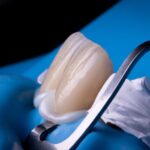
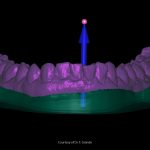
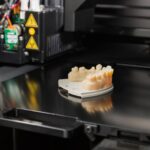
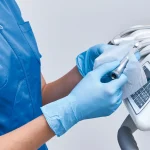

 Zhermack SpA has been one of the most important producers and international distributors of alginates, gypsums and silicone compounds for the dental sector for over 40 years. It has also developed solutions for the industrial and wellbeing sectors.
Zhermack SpA - Via Bovazecchino, 100 - 45021 Badia Polesine (RO), Italy.
Zhermack SpA has been one of the most important producers and international distributors of alginates, gypsums and silicone compounds for the dental sector for over 40 years. It has also developed solutions for the industrial and wellbeing sectors.
Zhermack SpA - Via Bovazecchino, 100 - 45021 Badia Polesine (RO), Italy.


